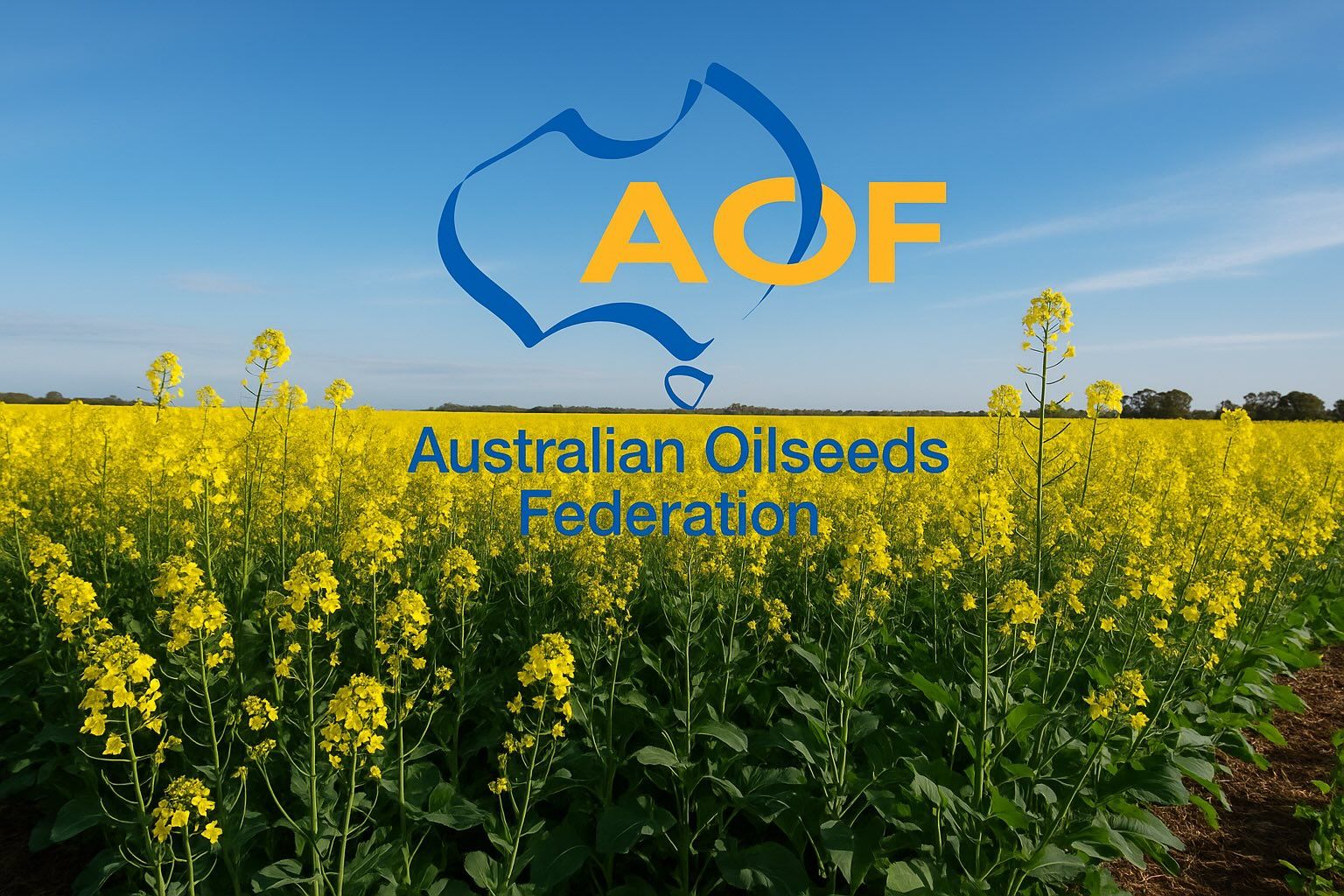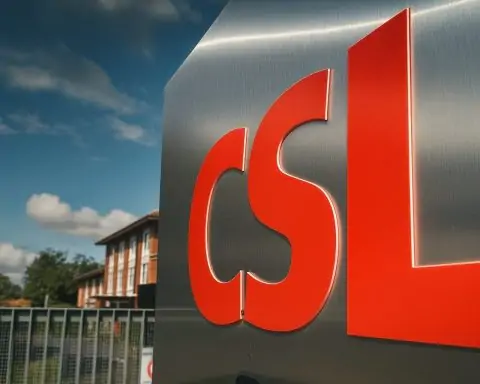- Explosive rally: Australian Oilseeds (ASX:COOT) stock jumped from about $0.97 at Tuesday’s close to roughly $4.00 in early trade on Oct. 15 – a surge of over 300% [1]. On Oct. 14 alone, COOT climbed +46.2% in regular hours (closing at $0.97) and then soared +248% in after-hours trading to $3.36 [2] [3].
- Volume spike: Trading volume exploded (from ~0.17M to ~85M shares) as retail interest turned extremely bullish. COOT led a broad move in agri-biotech stocks – peer Origin Agritech (SEED) jumped 92% and Arcadia Biosciences (RKDA) +53% after-hours [4].
- Trigger: The surge was triggered by U.S. President Trump’s threat to cut cooking oil imports from China (after Beijing halted U.S. soybean purchases), which sent traders into a frenzy over alternative oilseed suppliers [5] [6]. Other related stocks also spiked, making COOT one of the market’s top movers.
- Company news: In recent weeks Australian Oilseeds secured key milestones (regained Nasdaq listing compliance by Aug 31) and expanded its market reach. Notably, on Oct. 6 it launched its “GEO” consumer brand on China’s Zhongsheng GO e-commerce platform, giving GEO products access to 5+ million users via WeChat and a mobile app [7]. GEO oils are already being sold in China, Japan, Vietnam, Thailand and elsewhere in APAC. CEO Gary Seaton said these moves support global growth.
- Outlook: The stock’s short-term momentum is now sky-high, but analysts warn such spikes are often speculative. MarketBeat notes COOT is still a small-cap (yearly range $0.45–$1.69 [8]) and its valuation hinges on hitting sales targets. Global factors (record Brazilian soybean harvest, robust Chinese demand) have pushed U.S. soybean futures to 3–4-year lows [9]. TS2.tech highlights that Chinese buyers are turning almost entirely to Brazil this season [10] [11], leaving U.S. suppliers under pressure. Investors say COOT’s long-term outlook depends on whether its expansion (e.g. in China) can translate into real earnings.
Stock Surge and Market Reaction
Australian Oilseeds (COOT) electrified markets on Oct. 14–15. After markets closed Oct. 14, President Trump posted that the U.S. might “terminate … business with China having to do with cooking oil” as retaliation for China’s soybean boycott. This tweet sent global agri stocks soaring. COOT led the rally, jumping +248.2% after-hours on Oct. 14 [12]. In regular hours that day it had already gained +46.21% [13]. By Wednesday pre-market (Oct 15) COOT was trading around $3.96 (up ~310% versus Tuesday’s close) [14]. Such moves made COOT one of the top U.S. gainers.
Benzinga reports that COOT’s surge coincided with a broad “oilseeds and agricultural biotech” rally [15]. For example, Origin Agritech (SEED) jumped +92.3% and Arcadia Biosciences (RKDA) +53.3% after-hours [16]. A StockTwits trend piece noted COOT “skyrocketed 229%” in early premarket trade on Oct 15 following Trump’s comments. Traders say the underlying idea was that cutting Chinese cooking oil imports could boost alternative suppliers (like COOT).
However, not all experts are convinced the move has lasting economic impact. As reported by Benzinga, China-policy experts urged caution. Georgetown professor Rush Doshi tweeted that China would likely “see this as weakness” rather than be scared off [17]. Another analyst noted that much of the “cooking oil” in question is recycled waste (“gutter oil”) and that Chinese domestic demand already outpaces its supply [18]. In other words, the market rally is seen by some as driven by political speculation rather than fundamental demand for COOT’s products.
Company Background and Recent Developments
Australian Oilseeds Holdings is a Cootamundra, NSW–based company that manufactures and sells sustainable, non-GMO edible oils (canola, chia, hemp, sunflower and more) to global markets [19]. It emphasizes “chemical-free” cold-pressed oils for health-conscious consumers. The company has struggled with scale, which led to a Nasdaq compliance warning earlier in 2025. By late August it secured an extension from the Nasdaq panel and raised equity (converting debt) so that by Aug 31 it reported AUD 4.95M ($3.26M) in equity – above the $2.5M minimum [20].
Beyond compliance, Australian Oilseeds has been pursuing international growth. On Oct. 6 the company announced that its consumer GEO brand was officially launched on Zhongsheng GO, a major Chinese online auto & retail platform [21]. Through a partnership with Shanghai Maiwei Trading, GEO products are now accessible to Zhongsheng’s 5+ million registered users via WeChat mini-program and app [22]. The press release notes that GEO oils are already distributed not only in China but in Japan, Vietnam, Thailand and other Asia–Pacific markets [23]. Management says these moves will drive sales in one of the world’s largest consumer markets.
Financially, the company recently reported modest quarterly results (e.g. ~USD 7.4M revenue for Q3 2025) with a small per-share profit. The stock’s 52-week range before this rally was about US$0.45–$1.69 [24], reflecting its micro-cap size (market cap ~$27M pre-surge [25]). In fact, Benzinga notes COOT was in a “long-term consolidation” technically, though it had shown “medium and short-term upward movement” before this news [26]. This suggests investors had begun positioning for improvement, but the Trump news has sent sentiment to extreme levels.
Outlook and Analyst Views
In the short term, COOT remains extremely volatile. On one hand, enthusiastic retail traders and algorithmic funds could drive the price even higher if the trade rhetoric intensifies or related catalysts emerge. On the other hand, many traders warn that parabolic spikes often snap back. No analysts at major firms cover COOT (it’s a penny stock), but speculative forecasts are all over the place. Some models (e.g. StockInvest) had previously predicted only a modest ~25% rise in the coming months under normal conditions.
TS2.tech’s agriculture analysis provides some sober context. It notes that global soybean production is hitting record levels (Brazil’s 2025/26 crop is estimated near 178M tons [27]) and that China has diverted huge volumes to South America [28]. These shifts have softened U.S. soybean prices (Chicago futures near multi-year lows [29]). In TS2’s view, unless U.S.–China trade dynamics change, such fundamentals favor lower grain and oil prices overall [30]. That means a company like Australian Oilseeds, which mainly sells plant oils (often competing with soy-based oils), may face headwinds.
For the long term, COOT’s fate will hinge on execution of its growth plans and broader commodity trends. If GEO-brand penetration in China and partnerships in Southeast Asia translate into substantial sales, the company could justify a higher valuation. Conversely, if the current rally fizzles (as many expect once the Trump headlines fade), the stock may retreat toward prior levels. The company will need to convert its recent visibility into real revenue gains and profit margins to sustain any rally.
What analysts say: No Wall Street analysts cover COOT, but market sentiment can be gleaned from recent moves. Before the spike, Benzinga’s technical ratings had COOT in a consolidation phase with mixed signals [31]. After the rally, one can assume ratings would shift to “overbought.” Experts caution that this is largely a short-term trade. As one agribusiness strategist put it, China’s buying of South American crops is “blowing a fresh hole” in U.S. export prospects [32] – a reminder that US farm stocks can swing wildly on policy news.
Forecast: Given the craziness, most forecasters would advise caution. In the next few days, volatility should remain very high – COOT could easily retrace much of these gains on profit-taking or if the trade talk cools. Over 6–12 months, the stock will likely track the company’s fundamental progress. If management delivers on revenue growth (especially in China) and cost control, long-term holders may be rewarded. If not, the stock may slide back toward its former base. Market observers recommend watching the broader agricultural commodities and China trade developments closely.
Sources: Stock price data and trading info are from Benzinga and market data services [33] [34]. News on Trump’s comments and COOT’s surge come from Benzinga reports [35] [36]. Company developments are from official releases [37] [38]. TS2.tech market analysis is cited for global soybean trends [39] [40].
References
1. stockanalysis.com, 2. www.benzinga.com, 3. www.benzinga.com, 4. www.benzinga.com, 5. www.benzinga.com, 6. www.benzinga.com, 7. www.marketscreener.com, 8. stockanalysis.com, 9. ts2.tech, 10. ts2.tech, 11. ts2.tech, 12. www.benzinga.com, 13. www.benzinga.com, 14. stockanalysis.com, 15. www.benzinga.com, 16. www.benzinga.com, 17. www.benzinga.com, 18. www.benzinga.com, 19. www.nasdaq.com, 20. www.investing.com, 21. www.marketscreener.com, 22. www.marketscreener.com, 23. www.marketscreener.com, 24. stockanalysis.com, 25. www.benzinga.com, 26. www.benzinga.com, 27. ts2.tech, 28. ts2.tech, 29. ts2.tech, 30. ts2.tech, 31. www.benzinga.com, 32. ts2.tech, 33. www.benzinga.com, 34. stockanalysis.com, 35. www.benzinga.com, 36. www.benzinga.com, 37. www.marketscreener.com, 38. www.nasdaq.com, 39. ts2.tech, 40. ts2.tech







